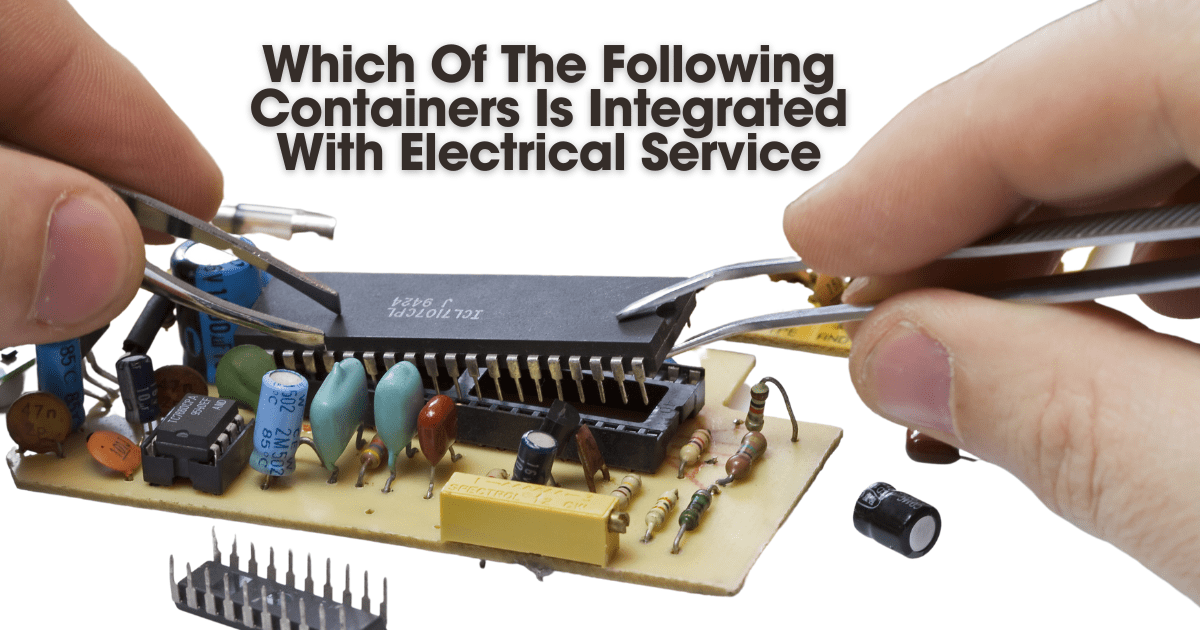Too Many Requests from Your Network
Please complete verification to access this content.
There are numerous applications of proximity sensors, ranging from industrial automation to everyday gadgets. These sensors detect the presence or absence of objects without physical contact. However, proximity sensors are often questioned whether house wiring produces electromagnetic fields that affect them. In this blog post, we will explore the interaction between proximity sensors and house wiring fields and provide insights into how it can affect their performance.
Understanding Proximity Sensors:
Sensors that detect objects within a certain range use a variety of technologies, such as inductive, capacitive, and ultrasonic methods.
House Wiring and Electromagnetic Fields:
By flowing alternating current (AC) electricity through house wiring, electromagnetic fields are generated. A number of factors can affect electromagnetic fields, including voltage, current, and electronic devices. Electronic equipment can be affected by electromagnetic fields that extend a few feet from wiring.
Interaction between Proximity Sensors and House Wiring Fields:
It is generally thought that proximity sensors are resistant to electromagnetic interference. However, strong electromagnetic fields generated by house wiring can influence them.
Distance:
In close proximity to wiring, sensors are prone to interference. Sensors in close proximity to wiring are more susceptible to interference.
Wiring Type:
High-voltage and high-current circuits are more likely to cause interference than low-voltage and low-current circuits due to the strength of electromagnetic fields.
Shielding:
It is more difficult for proximity sensors to be interfered with if they are shielded properly. Shielding helps mitigate the impact of external electromagnetic fields on proximity sensors.
Mitigating Interference:
To minimize the impact of house wiring fields on proximity sensors, consider the following:
Proper Placement:
To reduce interference risk, place sensors at a distance from house wiring.
Use Shielded Sensors:
To enhance their immunity to interference, choose proximity sensors with electromagnetic shielding.
Professional Installation:
Ensure that sensors are placed and shielded correctly by consulting a professional electrician or technician.
Conclusion
From the wiring in your house, EMFs can affect proximity sensors. To reduce the effects of EMFs on proximity sensors, keep proximity sensors away from electrical devices and wiring, use shielded cables to connect proximity sensors to electronic devices, shield proximity sensors from EMFs using grounded metal enclosures, and use proximity sensors that are specifically designed to resist EMFs.
Here are some additional tips:
-
Talk to your security company about how you can reduce the risk of false alarms caused by EMFs if you have a security system with proximity sensors.
-
Try moving the proximity sensor of your faucet away from any nearby microwaves if you have one.
-
Try moving your smartphone away from nearby laptops if it has a proximity sensor.
Contact the manufacturer of the proximity sensor if you are still experiencing problems.



